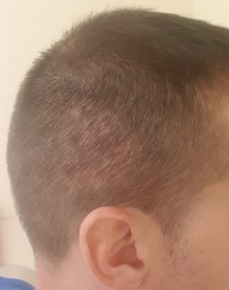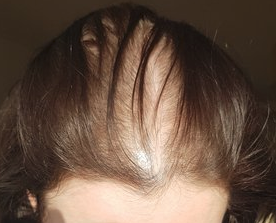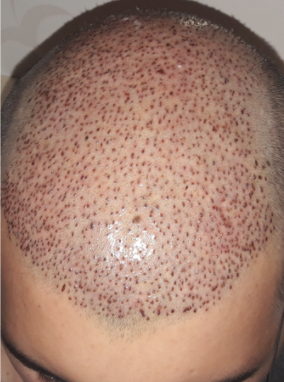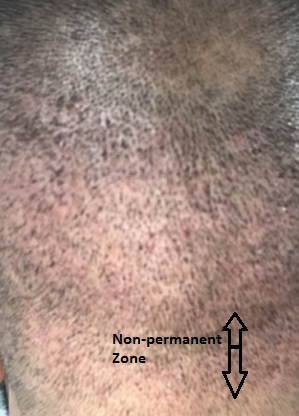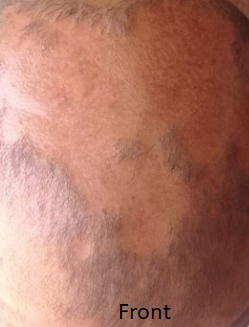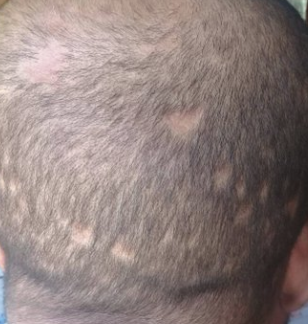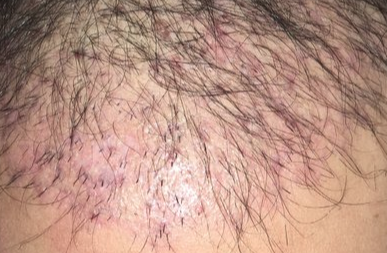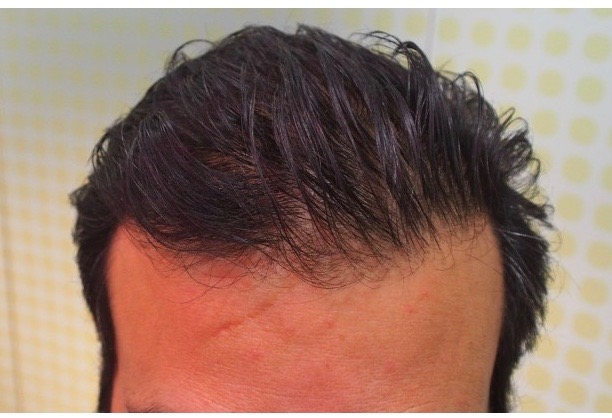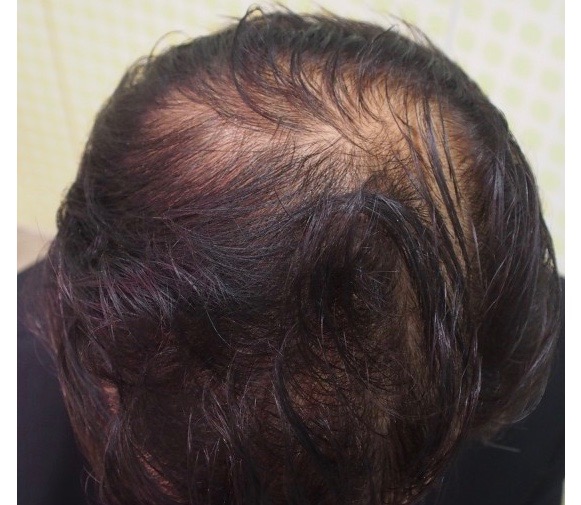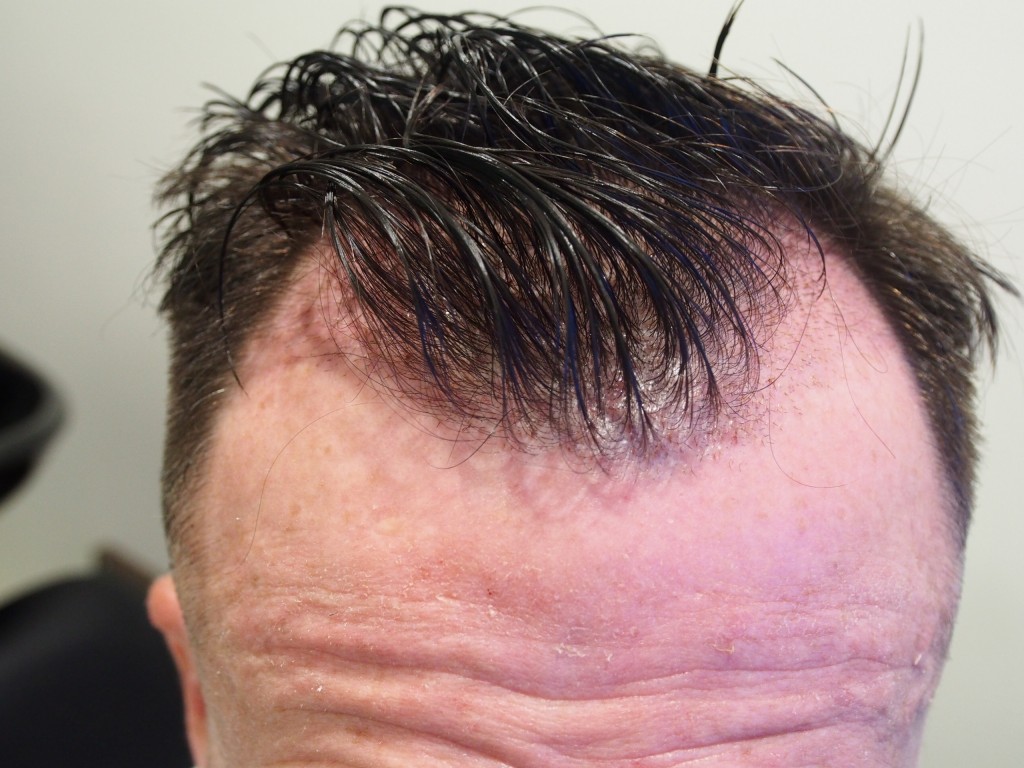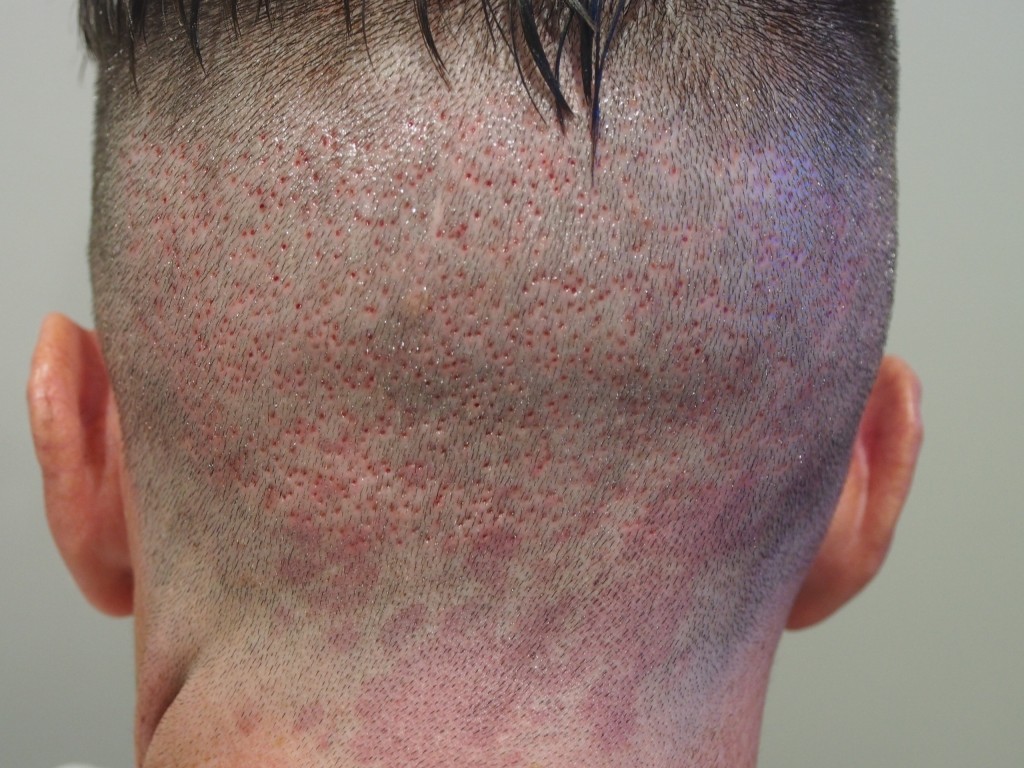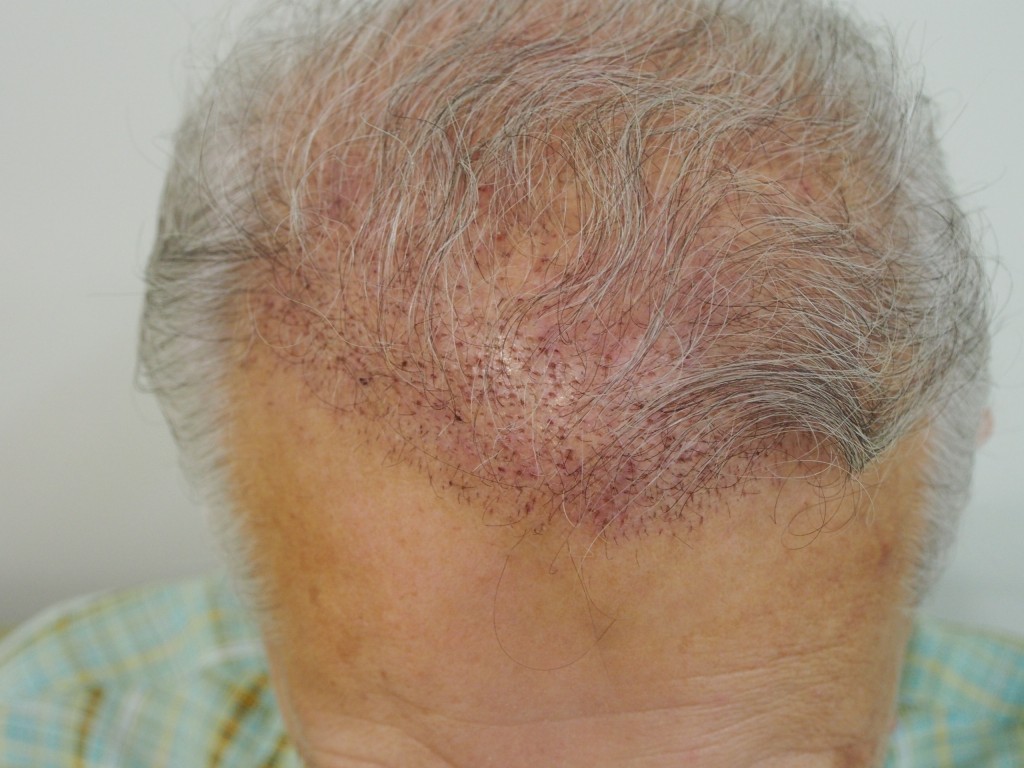My hair is thin everywhere, front, top, crown, and the sides of the hair. Each doctor I met with gave me a different number for transplants, but isn’t it of a concern with such much thinning all over my head.
Yes, what you are descriging is diffuse hair loss. This is common as a genetic trait in some women and they may see it in their mothers, sistgers, aunts. When this is the case, this is not a transplant situation, Diffuse unpatterned hair loss, typical for many women with genetic hair loss, should never be transplanted. I suspect that the doctors are looking at you as a source of paying off their mortgage. We would perform Scalp Micropigmentation on your scalp, which is a cosmetic unique stippled tattoo and will change the color of the scalp and make the thinning almost disappear. This is not hair, but a highly specialized tattoo, see here for many good examples: https://scalpmicropigmentation.com/smp-for-women/
To find out how many grafts, you should ask your doctor for a copy of the surgical record which will have the number of grafts and the number of hairs that were in each graft. If you do not trust your surgeon that is another matter. Bonding with your surgeon is critical BEFORE the transplant gets done. Your lack of trust makes this a foregone conclusion.
This patient has had much of his donor hair removed and now will have a see through donor area. In addition, the arrows show that the donor area extends beyond the permanent zone into the nape of the neck. This hair will fall out where ever it is placed as he gets older. Pushing numbers of grafts is never a good idea. The depleted donor area can be treated with Scalp Micropigmentation and that means that either his hair must be very, very short in the donor region or very long and let the Scalp Micropigmentation supply the look of fullness. The arrows at the bottom of the photo show the area of the neck that should not have been harvested to achieve the number of grafts.
There is an autoimmune disease called Lichen planopilaris (LLP) which appears to be a rare inflammatory condition that results in patchy progressive permanent hair loss mainly on the scalp. From time-to-time this disease, which may be present when we perform a hair transplant and is not evident with any of the modalities available, can reactivate and could then kick out the hair that was transplanted. Some patients might have signs that LLP participated in their frontal balding, possibly overlying the genetic component of the hair loss.
scratching runs a risk of breaking the skin and causing infections. The medications HPR + HydroGel work well for itching and you can get the reference from your doctor
Your story seems disturbing and common place. The FDA is supposed to guarantee quality of production even in generics if purchased in the US, but many doctors and patients tell me differently. Probably best to stick to the known brand names
I am 68 yrs old, very fit, weight lifter, and runner. I have been taking Cialis 60mg usually about 3 to 4 times a week. I also take male enhancement pills.Since I got serious about my sex drive and enjoy it almost daily, I have noticed my hair getting thinner.Could it be the Cialis, or male testosterone enhancements?
male testosterone enhancements of all kinds are known to cause hair loss
You had scalp necrosis, usually the cause of technical issues in instrumentation and judgments made by the doctor. When the recipient sites are made with a larger instrument and/or they are placed too close to each other, especially in the area between the ears in the center of the scalp where your problems are showing, necrosis may occur. This will take sometime to heal. Find a doctor who knows how to manage wound problems.
People who regularly eat nuts have a reduced risk of cardiovascular disease (CVD) and coronary heart disease (CHD) when compared to people who rarely or never eat nuts, according to a study published Nov. 13 in the Journal of the American College of Cardiology. This study was done after up to 32 years of follow-up and the researchers assessed the associations of total nut intake and the consumption of individual nuts with CVD, CHD and stroke risk. CVD and CHD included a combination of MI and stroke, but CVD also included all forms of cardiovascular-related death. People who ate one 28-gram serving of nuts at least five times a week cut the risk of cardiovascular disease (CVD) by 14 percent and the risk of coronary heart disease (CHD) by 20 percent when compared to people who rarely or never consumed nuts.
A reader send this posst to me:
Subject: New data on Dr Gho’s stem cell method
Message Body:
In 2012, you suggested the circumstances for making an exhaustive documentation on Dr. Gho’s ‘stem cell method’. The idea was to count the number or percentage of transplanted hairs that actually grew, along with investigating the donor.
Fine, but what then? Who validates it? Who can say whether such an effort is scientific or not. And what about credibility?
A sizeable study of such sort was made very recently, with photos. See it here:
https://www.baldtruthtalk.com/
There is nothing here that looks lkike science to me. This is the problem I have had with Dr. Gho’s research.
This patient came today at the age of 44. He start to lose hair just 3 years ago, an came because he wanted a hair transplant. His hair is black, medium weight and it has a good wave to it. He is of Italian heritage which gives him a terrific hair character. I measured his hair bulk with the HAIRCHECK instrument and found that he lost 66% of the hair in the front and 55% of his hair in the crown. Considering that is hair is black and his skin is light, he still have good coverage in the front of his head which shows something very important, that you really only need 33% of your hair when the quality is there to have a reasonably full look. This is the type of look to generally achieve in a single hair transplant in a bald man.
I periodically show photos of patients after their surgeries because so many people are afraid of what they will look like right after the surgery. There are visions or war wounded heads in the minds of many people who think that after their hair transplant, they will announce to the world what they had done and have a full invasion of their privacy. As you can see in these picture, there is nothing much to see and styling can easily hide even the one man on the right who is just one day after the surgery by combing his existing hair forward. The man on the left is one day after surgery and had 1500 FUE grafts and we are showing both the recipient area and the donor area which should be completely undetectable in two more days. The man on the right had 2125 grafts by strip surgery and is 4 days post surgery with some mild pinkness still evident to the camera, not so much on looking at him face on. To see what terrible post-op care looks like, see here (https://baldingblog.com/2017/10/18/now-2-weeks-hair-transplant-cant-go-public-photo/) which is the results of poor washing techniques used immediately after surgery.
Page 350 of 636

